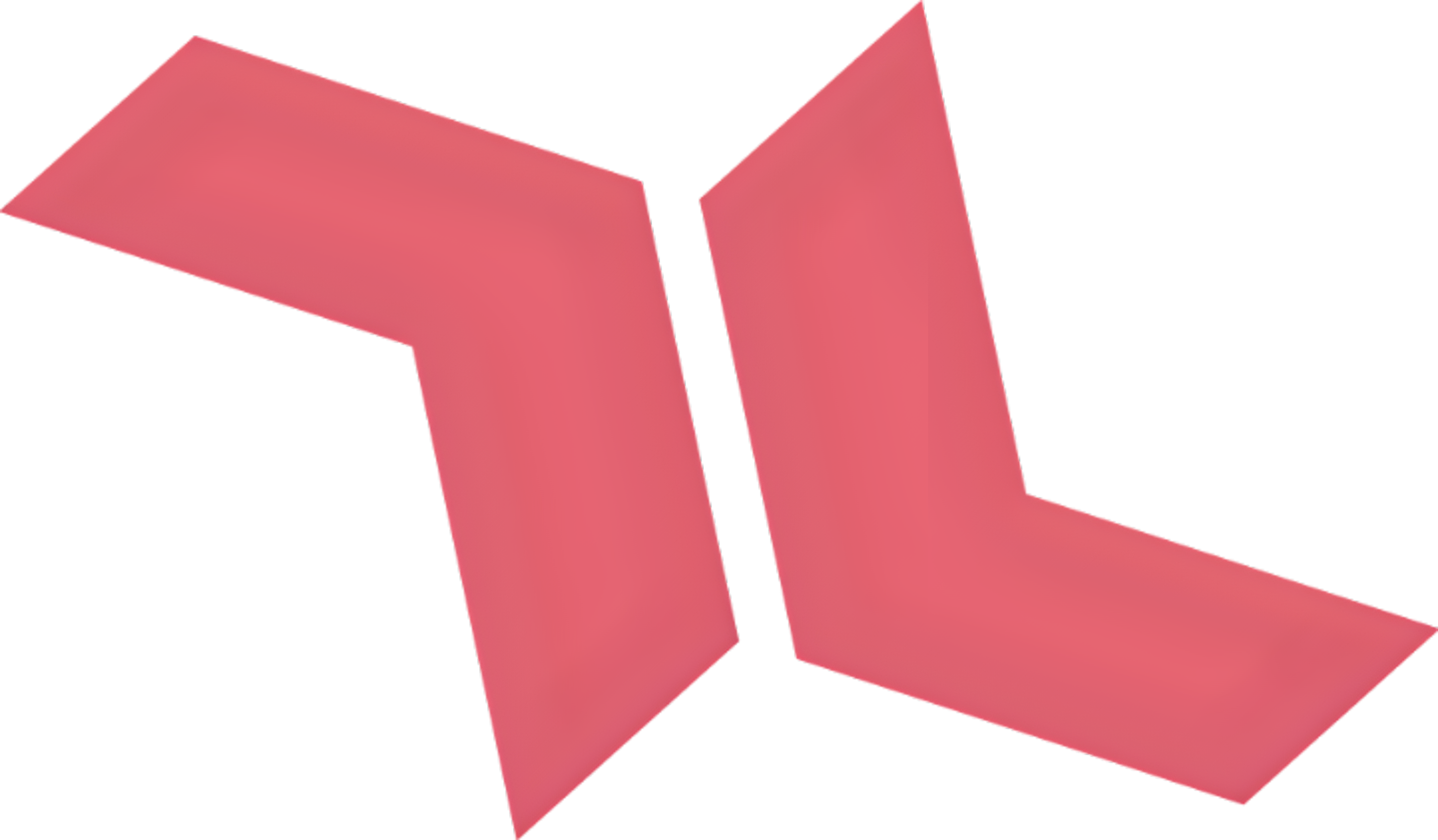Productivity is not about organization. It's about getting rid of Friction!
Need a break from the daily grind? Well, you're in luck because you can read this article while you procrastinate—But don't worry, we won't judge. In fact, we're here to help you reclaim your time and banish those frictions standing between you and your to-do list. So sit back, relax, and let's dive into the wonderful world of friction-free productivity!

Have you ever felt that you’re swimming against the flow and that everything you try to do becomes difficult? That’s what we call friction, my friend, and it’s the sneaky thief stealing your precious time and energy.
Think about it: how much of your day do you spend waiting for your laptop to update, logging into old systems, or dealing with erratic Wi-Fi connections? It’s enough to make anyone wanna scream into their keyboard!
This is mainly why SAAS-powered workspaces enable you to reduce friction and optimize the amount of time you spend working.
Picture this: no more wasted hours on outdated systems or complicated processes. Imagine instead that you have smooth software solutions that genuinely work for you rather than against you.
This idea is too simple to ignore, yet so many executives don’t take it seriously. Leaders need to encourage for a greater embrace of this technology revolution and stop seeing it as an expense, instead seeing it as a fantastic chance to boost output and foster teamwork.
The Sources of Friction
If we take the time to think about it, what are the sources of friction?
Technology:
Technology is supposed to help you save time and reduce friction right? But there can also be undesirable friction caused by using outdated technology or just selecting the wrong tools for your organization’s needs.
Knowledge:
Learning how to do things is what knowledge is all about, and this applies to both complex software as well as mundane tasks like shortcuts. did you know that people can actually save hours each week by using shortcuts?
Knowledge silos across various departments or individuals can also limit cross-functional collaboration and creativity, causing conflict and wasted effort.
People:
Of course, there’s always the human factor to consider too. when we talk people, we typically focus on the potential lack of adaptation. it could be leaders; members of other departments, clients or yourselves, anyone could be involved. Employees who are resistant to learning or adapting to new knowledge or methodologies could be a source of friction, as they might prevent the progress flow or resist changes in processes or practices.
Say Goodbye to Friction with These Simple Fixes!
So, how do we banish friction for good? It’s simple, really. We start by listening—to our teams, our goals, and our gut instincts. And here’s exactly how:
01. Picture the result
First thing first, picture the result and visualize it, which involves understanding where the organization is heading and identifying the needs and pain points of teams. The most valuable thing is often the eradication of roadblocks to efficiency and collaboration. By determining whether to delete some procedures or technologies or adopt new software and plugins, organizations can streamline operations and improve productivity.
02. How can we get there?
To get there, organizations may need to invest in software solutions that align with their goals and address specific pain points. This could include implementing collaborative tools for communication, project management software for streamlined workflows, or knowledge management systems for easy access to information. Consider the source of your purchases. Will he provide trustworthy maintenance and support?
03. Quantifying the impact
Quantifying the impact of these solutions is essential for demonstrating their value. This involves estimating the time saved, the associated costs, and the potential return on investment. By reducing friction and improving efficiency, organizations can free up time for more strategic initiatives, enhance employee satisfaction and retention, and ultimately drive greater profitability.
04. Choose the right solutions
Prioritizing and designing the right solutions requires considering technology, knowledge, and people as integral pillars of the organization. This involves rephrasing solutions to focus on enhancing collaboration, improving access to information, and empowering employees to work more efficiently. By prioritizing solutions that address the root causes of friction and align with organizational goals, organizations can create a more harmonious and productive work environment.
The future of work is friction-free, my friend, and it’s time to embrace it with open arms. And hey, with Jaanga by your side, may your day be as smooth as silk! Who knows, maybe a little plugin magic could sprinkle some extra productivity into your routine. 😉


